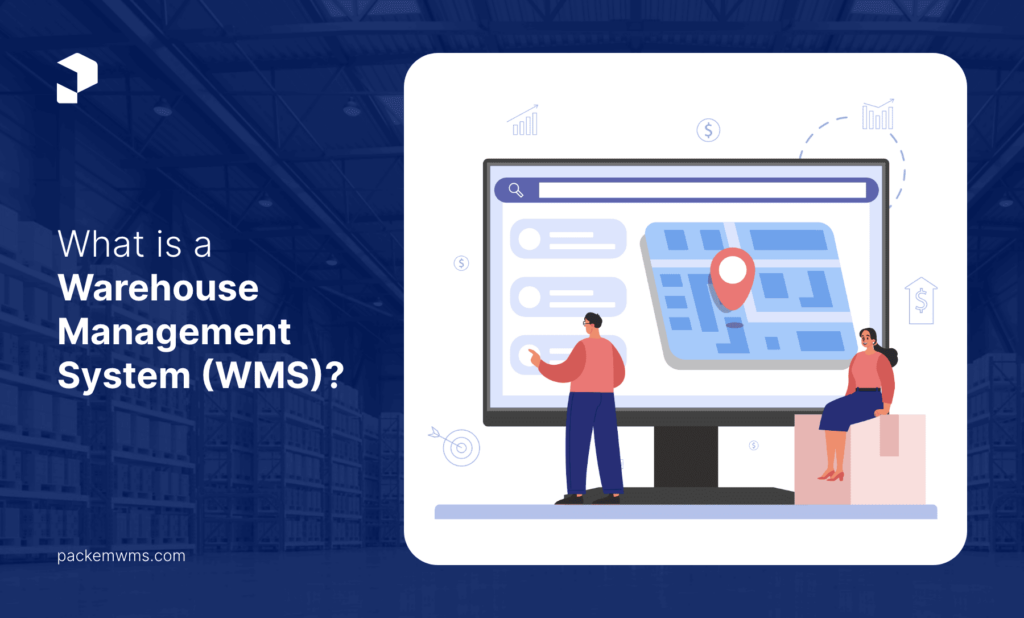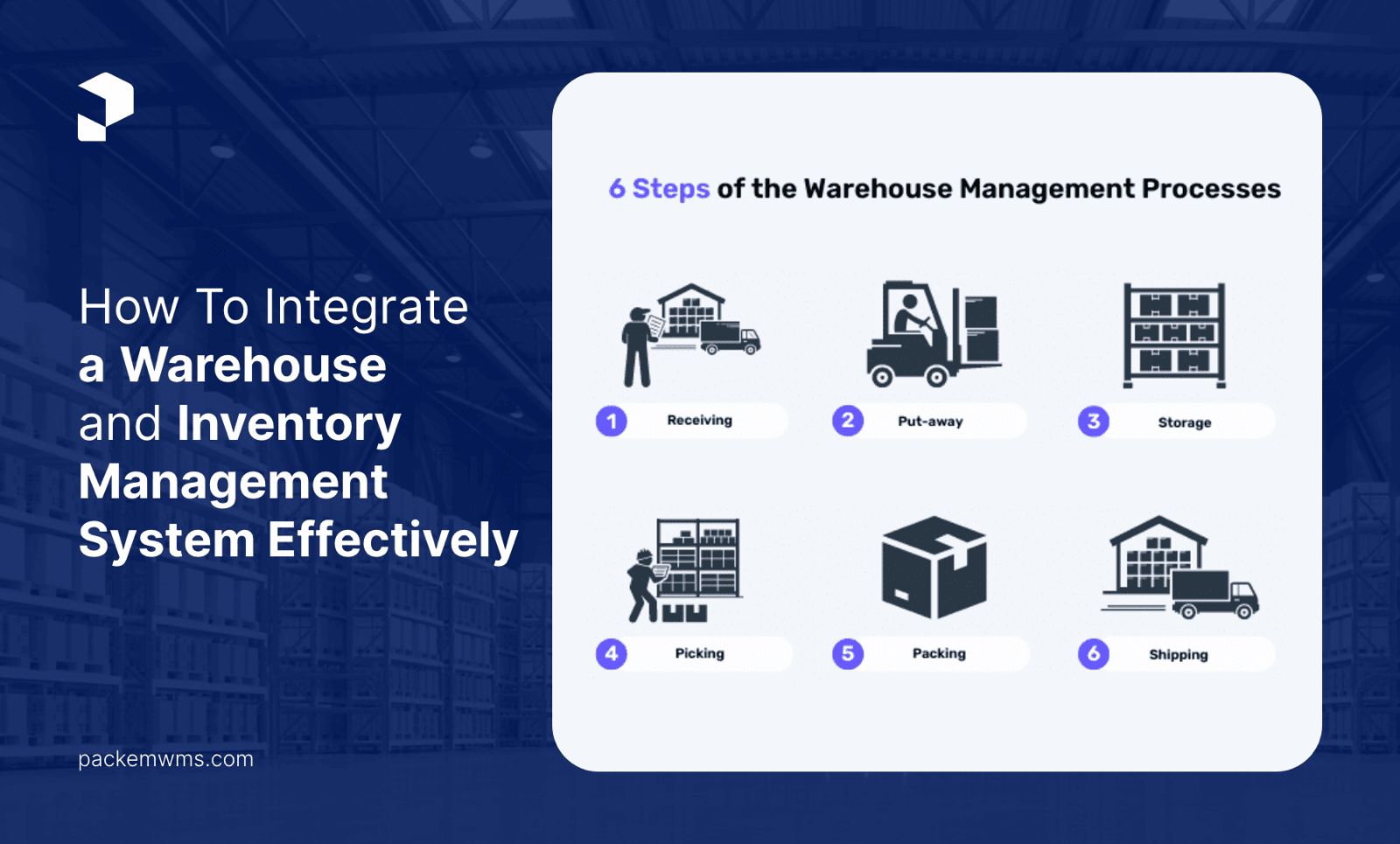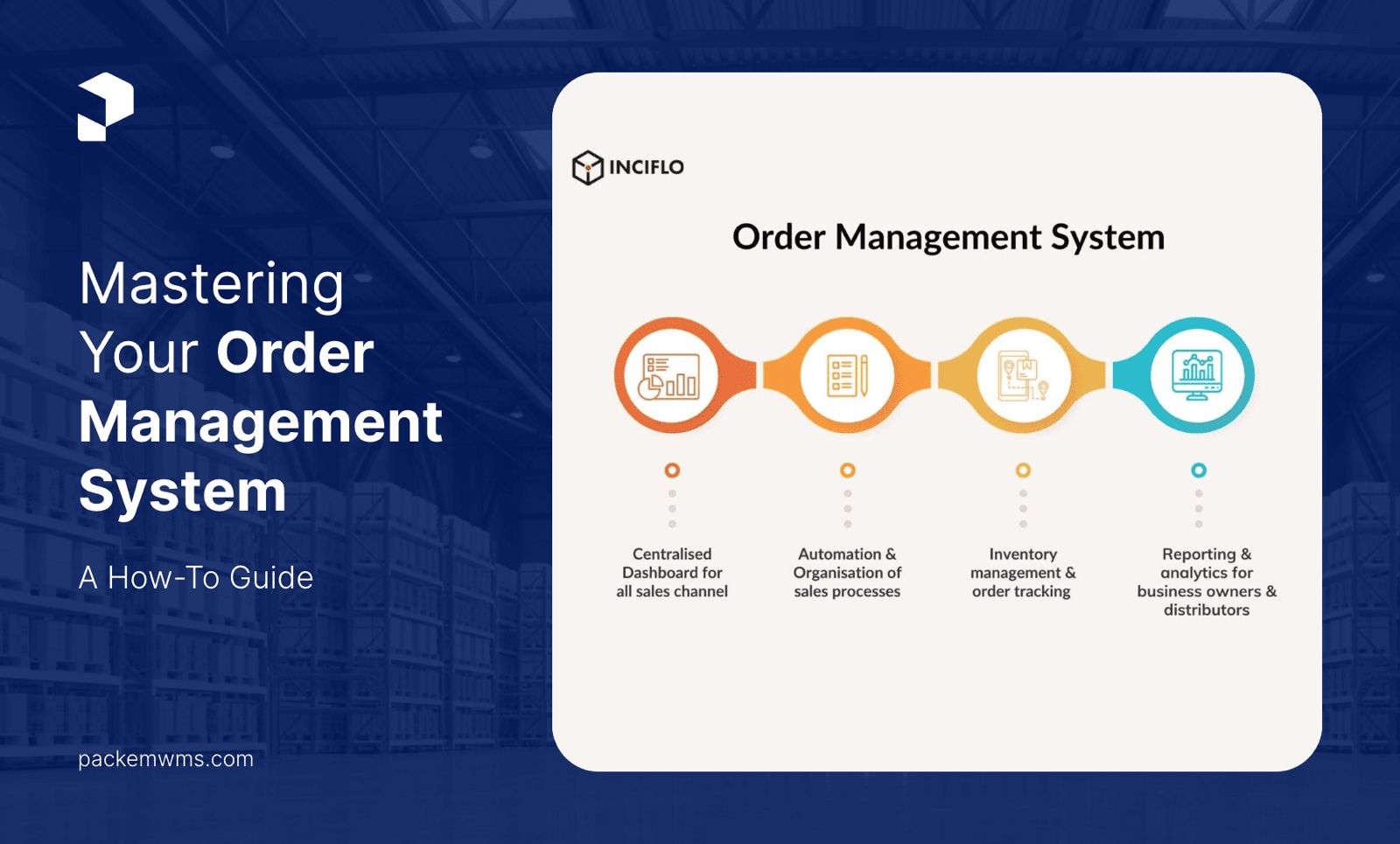A Warehouse Management System (WMS) revolutionizes how firms manage stock, making processes more efficient. Whether used alone or together with other applications, WMS allow companies to see what is happening within their warehouses in real time.
Although an independent system may be economical, it might have problems combining with other systems. A unified WMS, on the other hand, integrates easily with the current databases, for instance on inventories as well as accounting applications thereby facilitating a more convenient order as well as stock level tracking process.
Furthermore, ownership ensures better security features while cloud computing provides more choices that users can choose from at any given time.
Power of Warehouse Management Systems (WMS)
A warehouse management system (WMS) is critical to improving warehouse performance. This software monitors inventory, tracks orders, and optimizes inventory. With WMS, you get real-time visibility into stock levels, reducing errors in order filling.
This system can scale with your business needs, either as a stand-alone or as an integrated all-in-one solution. Using a cloud-based WMS provides flexibility, with the provider managing updates. In contrast, on-campus planning enables security control but requires higher upfront costs.
An effective WMS increases productivity, improves customer experience, and supports growth, all while being easy to use.
How WMS Works?
- Receipt When goods arrive, WMS scans and records the incoming goods, displaying quantity and quality against orders. This ensures that only completely intact products enter the warehouse.
- Putaway WMS provides optimal storage locations for received items based on predefined rules such as item type, requirements, and storage space availability This method optimizes storage and it makes it easier to retrieve.
- Inventory management Throughout the warehouse process, the WMS continuously monitors inventory levels and locations. It updates the inventory database in real time, providing an accurate view of stock status.
- Order Selection When an order is received, the WMS directs selectors to specific product locations. It optimizes the extraction process, reduces travel time, and improves the selection process.
- Collection and Delivery WMS ensures that selected items are properly packaged and labeled for delivery. It produces shipping documents and coordinates shipping with carriers to facilitate the shipping process.
- Return Management Proper return handling is essential to customer satisfaction. The WMS handles returns by updating inventory levels, tracking returns, and managing refunds or replacements.
Comparative research: WMS and traditional methods
Several key differences emerge when comparing warehouse management systems (WMS) to traditional methods. With a WMS, costs are significantly reduced in simple operations; It can be up to a third of the price of a conventional system, mainly because of the lower system requirements.
However, as the complexity increases, this cost gap decreases to about 50%.
Over five years, SaaS WMS saves approximately 50% on perpetual licenses for basic systems but provides limited savings in sensitive areas due to increased operating costs Essentially, choosing between these options depending on your operational challenges and long-term budget.
Basic Components of a WMS
- Inventory Management is one of the key WMS functions. It provides real-time inventory visibility, helping businesses maintain optimal inventory levels and reduce overstocking or waste. The system accurately tracks inventory using advanced tracking technologies such as RFID and barcoding.
- Order Fulfillment WMS improves the order fulfillment process by automating and optimizing picking, packing, and shipping operations. This processes orders faster and more accurately, reducing errors and improving customer satisfaction.
- Receiving and putaway Effective receiving and putaway procedures are critical to warehouse operations. A WMS simplifies these processes by guiding warehouse personnel where incoming products are placed based on predetermined rules, thus increasing storage space and allowing recovery time improve.
- Labor Operations Labor is an important cost driver in warehouse operations. A WMS helps manage employees effectively by monitoring employee performance, efficiently assigning tasks, and ensuring efficient use of employee resources. This increases productivity and reduces labor costs.
- Reporting & Analytics Data-driven decision making is increasingly important in today’s competitive environment. WMS provides comprehensive reporting and analysis tools that provide insights into various aspects of warehouse management. This insight helps identify barriers, improve processes, and make strategic decisions.
Experience the simplest inventory management software.
Are you ready to transform how your business does inventory?
Benefits of Using WMS
- Accuracy Improved WMS implementation significantly reduces inventory management and order fulfillment errors. Automating processes and providing real-time feedback ensures that the right products are delivered to the right customers, increasing accuracy and reliability.
- An optimized WMS streamlines warehouse operations, reducing the time it takes to select, sort and ship products. This increased efficiency speeds up order processing times and improves overall efficiency.
- Cost Savings WMS helps reduce operating costs by improving warehouse efficiency. It reduces labor costs, reduces inventory costs, and eliminates mistakes that can lead to expensive benefits or rework.
- High Customer Service Timely and accurate order processing is essential to customer satisfaction. A WMS ensures that orders are processed and delivered on time, promoting customer satisfaction and strengthening customer loyalty.
- Scalability As businesses grow, their warehouse operations become more complex. WMS is designed to scale with the workload, accommodating increased volume and complexity without compromising productivity or accuracy.
Integration of WMS into business operations
Start by identifying ways to integrate and operate a warehouse management system (WMS) in your business. Then, ensure compatibility with existing technologies such as ERP and eCommerce systems. This is key because it allows data to flow seamlessly across platforms such as inventory management or order processing channels.
Then, solicit feedback from all stakeholders to ensure proper adoption and adjust training plans accordingly. Advanced meetings help employees make changes quickly to minimize disruption to day-to-day operations.
Finally, set up metrics to measure post-integration performance improvements, such as reduced manual errors or increased pick accuracy rates, which directly increase productivity and customer satisfaction levels.
Types of Warehouse Management Systems
- Standalone WMS stand-alone WMS solution, is a dedicated system focused solely on warehouse management functions. They offer special features and are ideal for businesses looking for targeted solutions.
- ERP Module Some businesses prefer WMS solutions integrated with enterprise resource planning (ERP) systems. This integrated solution provides comprehensive workflow management capabilities, ensuring seamless communication between functions.
- Cloud-based WMS Cloud-based WMS solutions provide flexibility and scalability through Internet accessibility. They reduce the need for critical IT infrastructure and provide the benefits of remote access.
- On-premise WMS On-premise WMS solutions are installed locally on the company’s servers. They offer greater control over data and customization but require significant upfront investment and IT maintenance.
Challenges in WMS Implementation
- Cost is an important input for implementing a WMS. Consider initial setup costs and ongoing maintenance costs when planning your budget.
- Change process Adoption of a new WMS requires changes in functionality and functionality. Effective change management, including employee training and communication, is essential for a successful transition.
- Integration of an integration WMS with existing systems such as ERP and TMS can be difficult. Ensure consistency and plan data migration to avoid disruption.
The Future of WMS
- Automation The future of WMS depends on automation. The widespread use of robots and automated navigation vehicles (AGVs) will transform the warehouse industry, increasing efficiency and accuracy.
- Artificial Intelligence (AI) plays an important role in WMS development. AI-driven analytics and decision-making tools will provide deeper insights and optimize warehouse processes.
- IoT Integration The Internet of Things (IoT) will enable efficient monitoring and real-time data collection through connected devices. This integration will provide greater visibility and control over warehouse operations.
- Sustainability is a priority for businesses. Future WMS solutions will focus on environmentally friendly practices, such as energy efficiency and reducing the carbon footprint of warehouse operations.
Train Staff on New WMS Technology
When training employees on new WMS technology, focus on several key areas. Define activities in advance, and tailor training to each. Start with “superuser” sessions for managers who then mentor their team members, building in-house expertise.
Now, hands-on learning is important; This software includes demonstrations using real equipment but in a safe “playpen” environment. Employees learn tasks like scanning or picking without fear of mistakes affecting performance. Finally, small group meetings with pauses ensure that everyone has time to practice, and that daily tasks run smoothly without interruption.
A warehouse management system (WMS) streamlines operations, manages inventory, and improves efficiency. A WMS can turn warehouse operations into a chaotic system. It optimizes storage space by providing real-time data on stock levels and locations.
This improves the accuracy of selection, packing and shipping, greatly reducing errors. The use of PackemWMS not only increases efficiency but also increases customer satisfaction through faster delivery and better service. This technology is a game changer for any business that aims to compete in today’s fast-paced marketplace.




